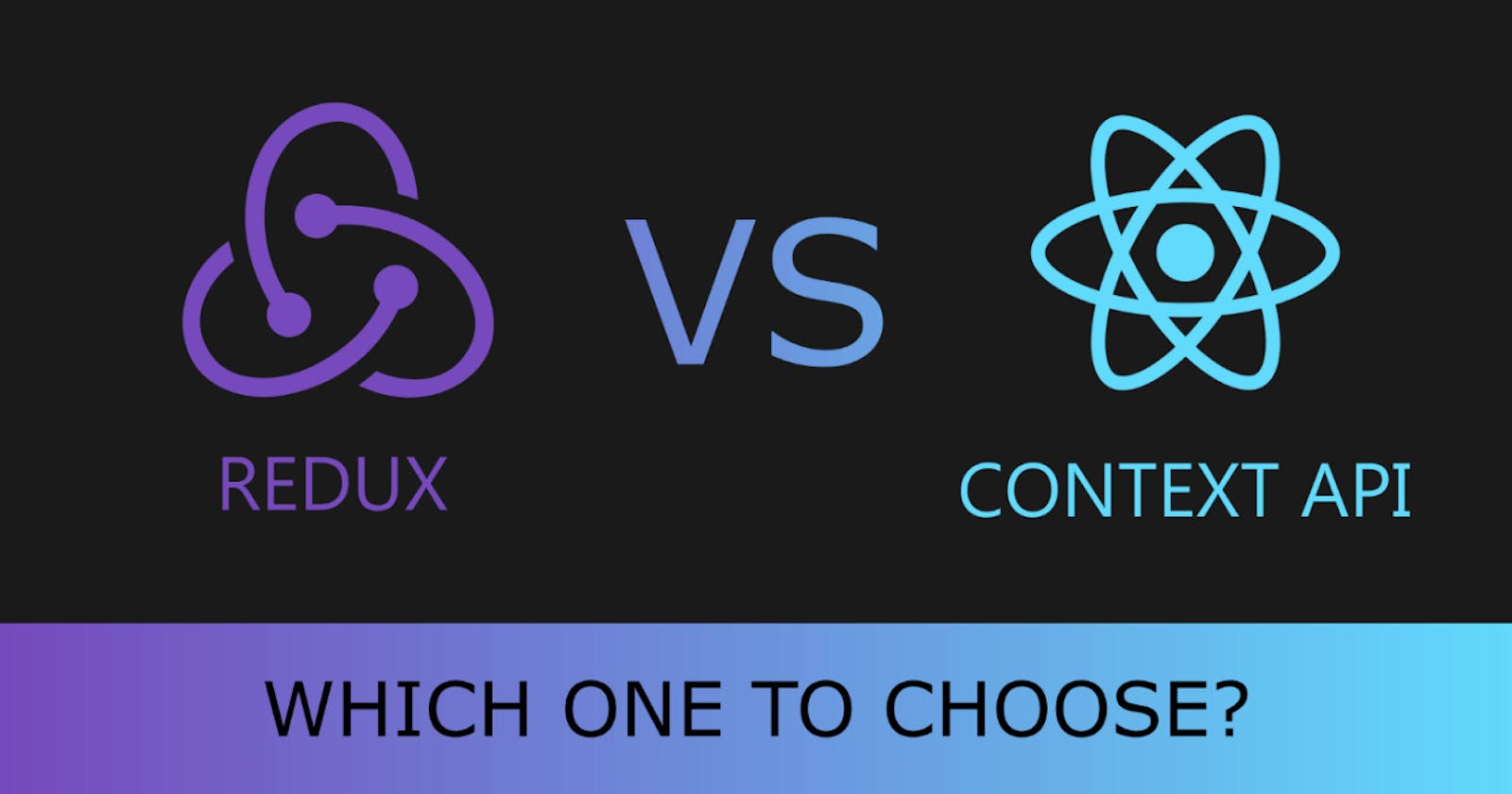Context API vs Redux: Which is the Better State Management Solution for Your React App?
React is a popular JavaScript library for building user interfaces. One of the challenges of building complex React applications is managing state, or the data that determines how the application behaves and renders. This is where state management libraries like Context API and Redux come in.
Context API is a built-in feature of React that allows you to share state data across components without having to pass props manually. In a React application, you can create a context object that holds the state data you want to share, and then provide that context to the components that need access to the state. This makes it easier to manage state in smaller applications with a limited amount of state to manage, without having to pass props manually down the component tree.
Redux, on the other hand, is an external library that provides a more centralized approach to state management. With Redux, you manage all the application state in one place, called the store. The store is an object that holds the current state of your application and provides a set of rules for how to update that state. Instead of passing state data down the component tree, you can use Redux to dispatch actions, which trigger changes to the state in the store. This makes it easier to manage state in larger applications with more complex state management needs.
There are some key differences between Context API and Redux that can influence your choice of state management library for a given application. One of the main differences is that Context API is built into React, whereas Redux is an external library that you need to add to your application. This means that Context API requires less setup and is more lightweight than Redux, but may be less powerful for more complex state management needs.
Another key difference between Context API and Redux is how they handle state updates. With Context API, you can update the state directly within a component that has access to the state. With Redux, you dispatch actions that trigger changes to the state in the store. This can make it easier to track changes to the state in Redux, but may be more cumbersome in smaller applications with a limited amount of state to manage.
Ultimately, the choice between Context API and Redux comes down to the specific needs of your application and your personal preference. Some developers prefer the simplicity and lightweight nature of Context API, while others prefer the centralized approach and powerful features of Redux. It's also worth noting that Context API and Redux can be used together in the same application, and there are some scenarios where this can be beneficial. For example, you could use Context API to manage some of the simpler state in your application and use Redux for the more complex state.
